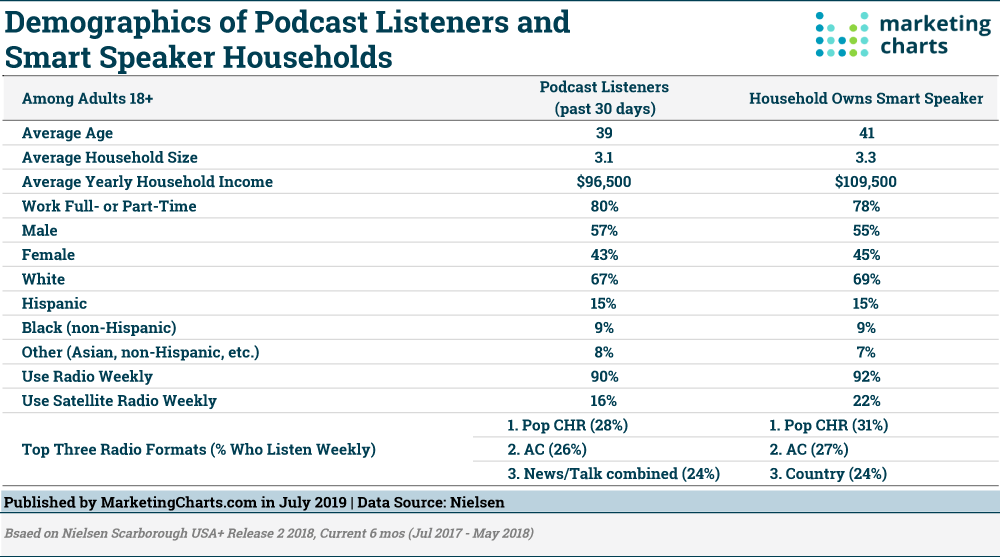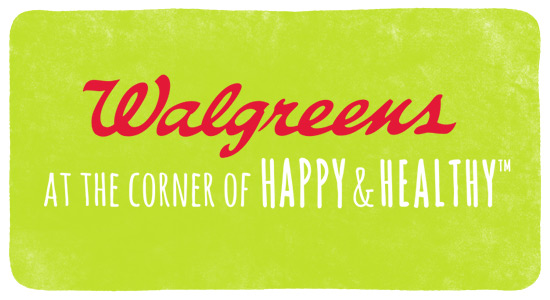
Learn From The Best
It’s a weird and wacky world out there right now.
We are hearing stories about the record number of people who are filing for unemployment, the devastating stories of people dying from this mystery virus that we have yet to get a handle on because it is new to the medical and scientific community.
Some of us are working from home, other are at home trying to figure out how to occupy their time.
As business owners and managers, I understand you want some answers, but the answers to the questions you really want aren’t available yet.
We don’t know what the final tally will be healthwise or financially. We are living in the middle of a movie and this is not your typical romantic comedy or action flick where we know the good guys always win. This is real life, your life, my life and the lives of the people we work with and live with.
You want answers, you want solutions, and while I wish I could give you a road map to follow exactly…
I can’t because each of you have different circumstances and variables that will determine the steps to take.
Instead I am going to take a moment and share with you some resources that I shared with my team.
Near the end of February, I was offered and accepted a promotion to become the General Sales Manager of WOWO Radio. WOWO is one of a dozen stations owned by Federated Media in Indiana and the past few years the WOWO Local Sales Team has been the largest producer of revenue for our company. I’ve been part of that team for nearly 7 years.
Less than 4 weeks after the promotion to lead, manage and coach our team, Black Friday hit. It was my wife’s birthday March 13th and the orders to stay at home were causing businesses to scramble and try and figure out what to do next.
One of the things I prepared for my team was a list of some resources that have helped me over the years. With the extra time you have and your desire to find some answers, this list of resources could spur your thinking and creativity.
In 1986 I made the switch from having fun and being creative as a radio personality in the programming side of the business, to needing to learn how to apply that creativity and fun to the money making side of the business, the advertising, marketing and sales side.
Roy H. Williams: https://www.mondaymorningmemo.com/ I subscribe to this and have fun digging into the “rabbit hole” in each memo.
https://harveymackay.com/ Has a bunch of resources and I’ve read and recommend his first two books, Swim and Naked.
https://www.gitomer.com/ has free stuff you can sign up for.
https://www.amazon.com/Positioning-Battle-Your-Al-Ries/dp/0071373586 Is a book I bought when I first started in the advertising side of radio in Detroit. Great stuff.
I subscribe to Art’s emails: https://businessbyphone.com/
And circling back to Roy Williams, some of his partners also write great stuff that you can subscribe to: https://wizardofads.org/articles/
I also have over 1400 articles and over 150 podcast episodes that I’ve created at my own website: https://www.scotthoward.me/ and I update with fresh material every single week.
I have been learning for over 30 years and continue to soak up wisdom from others.
I also have a weekly newsletter called Sound ADvice that is free and delivered to your email Wednesday mornings if you sign up for it.




